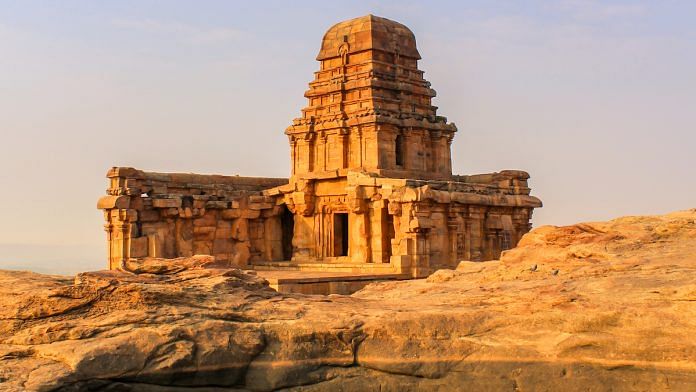Most Indians today are unaware that the Deccan has such a dramatic and world-changing past. Our understanding of the history of this vast, diverse subcontinent is based on an obsession with ‘imperial moments’ – often fleeting moments in history when north India is able to impose its dominance over other regions. In our school textbooks – which retain a disproportionate influence in shaping our identities and sense of the past – we leap five hundred years from the Mauryas of the second century BCE to the Guptas of the third century CE.
We then jump six hundred years from the end of the Gupta empire directly to the arrival of the Turkic sultans in north India in the twelfth century, and thence move neatly to the Mughals, the British and then Independence. Somehow, in this subcontinent that is as large as, more populous than and exponentially more diverse than western Europe, we are used to ignoring the histories of entire peoples, eras and regions when thinking about how India became India.
This is a ludicrous way to contemplate the subcontinent’s history. Ignoring the history of the Deccan in recounting the history of India is like ignoring the history of France or Germany in telling the history of Europe.
This book aims to do something about that. It is the story of India between two north Indian ‘imperial moments’, the half millennium or so after the end of the Gupta empire and before the establishment of the Delhi Sultanate. In order to do so, it roots itself unabashedly in the Deccan. Yet it does not seek to replace a north Indian ‘imperial moment’ with a south Indian one, but instead seeks to develop a more complicated and interconnected narrative of the history of this enormous and diverse land between the Himalayas and the Indian Ocean.
Also read: Vijayanagara was more magnificent than Rome, and Krishnadevaraya India’s first global leader
The five hundred years of history through which we’ll journey are among the most misunderstood in our modern understanding of the past. Of late, it has become fashionable to accept a colonial-era tripartite division of India’s history: a ‘Hindu’ period, a golden age, called ‘ancient’; a ‘Muslim’ period, a dark age, called ‘medieval’; a ‘British’ period, enlightened, modern. The archaeological and academic consensus does not support this simplistic division. Since the early twentieth century at least, generations of scholars have excoriated it as a deliberate fabrication intended to portray the British as ‘rescuing’ a Hindu India from ‘Mahomedan’ tyranny. This image comes across very clearly in works such as Robert Sewell’s A Forgotten Empire: Vijayanagara – A Contribution to the History of India, which remain popular today for lack of accessible modern writing about the period.
Historical India is a unique and fascinating world, with features far more profound than the religion a bunch of royals happened to follow. Drawing on more systematic and objective appraisals of the evidence, the scholarly consensus now recognises an ‘ancient’ period stretching from the third century BCE to the fifth–sixth centuries CE, involving a deep connection to Central Asia coupled with religious and political efflorescence. This era gradually transitioned into an ‘early medieval’ period during the seventh to twelfth centuries, associated with radically new ways of organising polities and societies in the subcontinent, as international trade grew and religions became vastly more complex and politically involved.
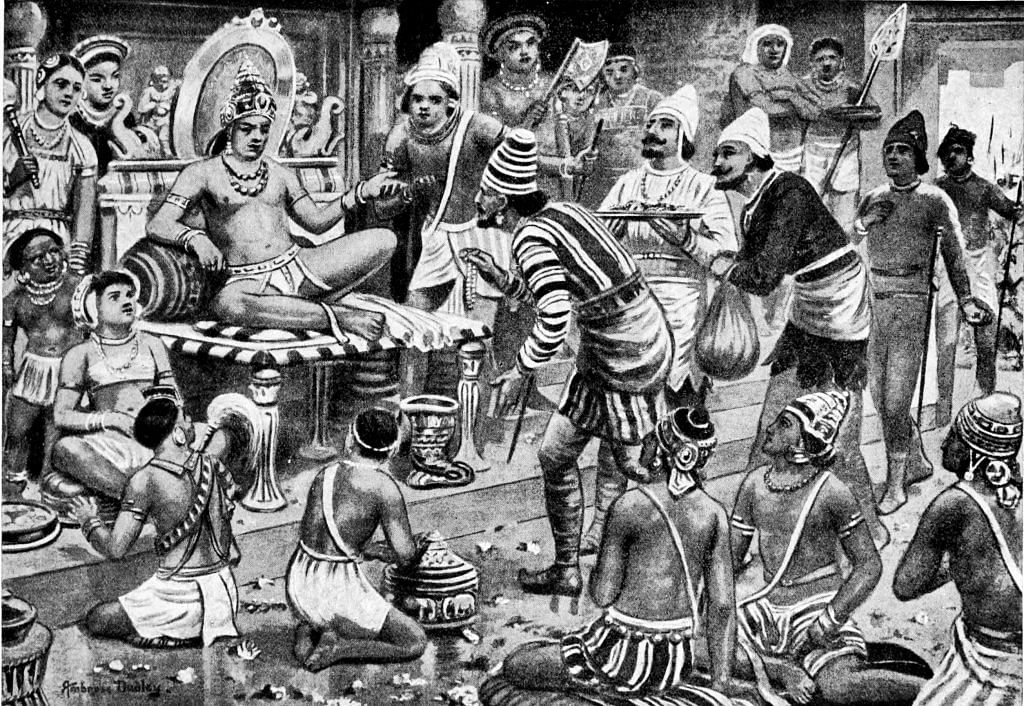
Hundreds of new cities and towns grew during the medieval period, and rose to prominence. Many of them still survive in some form today: the cities of Dhara, Kalyana, Vatapi, Thanjavur, Kanchi, Old Goa, Banavasi, Mamallapuram, Khajuraho, Warangal, Halebidu and Kannauj. Salons and courts reverberated with the recitation of marvellous literature. Artisans made sumptuous textiles, paintings and jewellery. Their products adorned the bodies of cultured aristocrats and talented dancers participating in rich, diverse and sophisticated material cultures. Thousands of elaborate sculptures and temples were assembled in increasingly complex and awe-inspiring forms. They were paid for by the wealth that perfumed lords and ladies wrung from a growing population of emaciated agriculturists.
All this was nourished by trade and cultural exchange with the rest of the world: and the drama, depth and spectacle of medieval India is easily on par with the global events mentioned above.
This book seeks to remedy this gap in our conception of our past, because no story of these transformations that shook India and the world can be told without giving the medieval Deccan the centrality it deserves.
Also read: India was a land of dharma but Europeans reduced it to Hinduism, Islam. And we accepted it
The erasure of the Deccan from our historical consciousness is one of the strangest reversals of fortunes in Indian history, especially given what its contemporaries thought of it.
Think about the last major Indian empire before this period, that of the Guptas. The Guptas are increasingly present in popular ‘historical’ fiction in India, always a good metric of the recognizability of a historical dynasty to a general audience (not coincidentally, Maratha, Mughal, Rajput and Chola fiction are also high up on the bestseller list). The Guptas are often thought of as the Indian Golden Age, the pinnacle of India’s religious history before the coming of the Turks, as well as the apogee of Indian architecture and martial power and art and poetry. Yet on every one of these counts they pale in comparison with their successors in medieval India in general, and the medieval Deccan in particular.
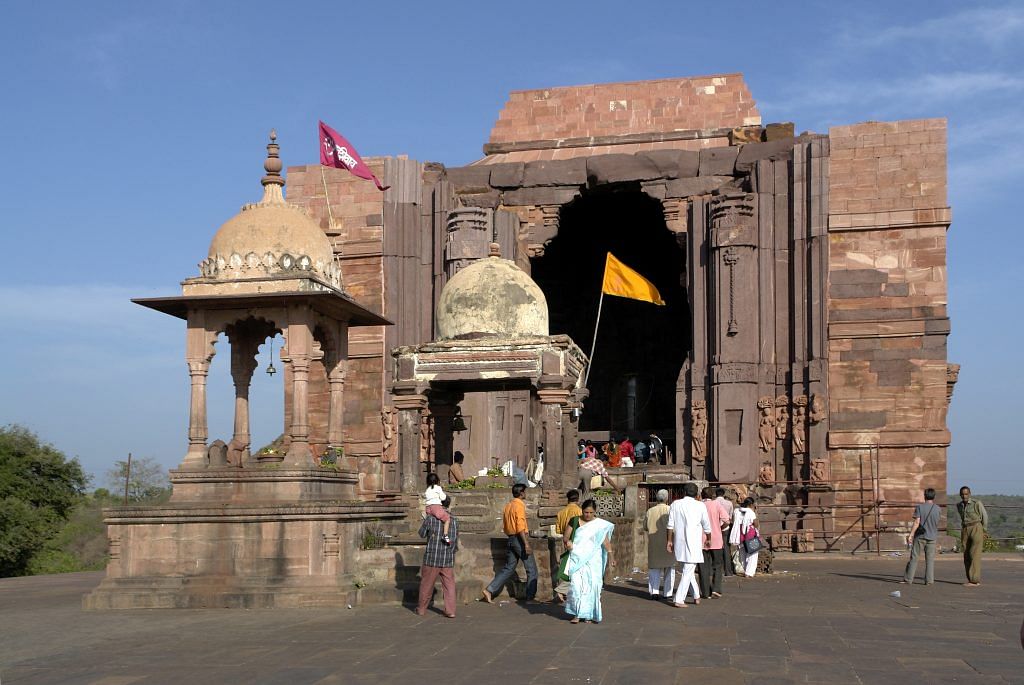
At their peak, almost the entirety of India south of the Narmada would pay the Vallabhas tribute and acknowledge their overlordship – a record matched by no Deccan or south Indian polity before or since. In comparison, Gupta influence was predominantly felt in Uttar Pradesh and Bihar, though they exercised some control in Madhya Pradesh and Gujarat and may have received tribute from as far away as regions in modern-day Pakistan in the northwest of the subcontinent. These north Indian kings only ever managed to attack southern India once, under the reign of the ruthless Samudragupta. Compare him to the five Deccan Vallabhas who attacked north India, one (Indra III) reaching as far as Kannauj. One (Vijayaditya I) may have made it as far as the Ganga before being captured, another (Dhruva I) smashed two of north India’s most powerful armies near the confluence of the Ganga and Yamuna. At least two (Krishna III and Someshvara I) sacked, burned and subjugated Madhya Pradesh before turning their attentions elsewhere. To the medieval Deccan mind, the Gangetic plains were little more than a stage for the display of their intimidating military might before the shocked eyes of the subcontinent’s other kings.
And who were these other kings? Barely a century after the collapse of the Guptas, their political legacy in north India almost completely vanished, to be replaced by other dynasties – the Maukharis, the Pushyabhutis, the Palas, the Pratiharas and, later, the Chandellas, the Paramaras, the Gahadavalas, the Chahamanas and many others – some of whom we will meet through the course of this book. Many of these medieval dynasties arguably left a far deeper imprint on India’s literary and aesthetic culture than the Guptas ever did.
Yet all of them pale before the extraordinary power and influence of the emperors of the Deccan, who shaped the fate of many modern-day Indian states, some of which exceed the size and population of European countries. The Kakatiyas of Telangana and the Hoysalas of Karnataka, both of whom still occupy a hallowed place in regional memory, were vassals of the Deccan Vallabhas; they broke free in the chaos that engulfed the Deccan in the thirteenth century, before the invasions of the Delhi Sultanate.
The Kadambas and the Shilaharas, their vassals in Goa, founded the great port of Gopakapattinam, which would eventually draw the avarice of the Portuguese and form the nucleus of what is now Old Goa. The bloodthirsty campaigns of the Vallabhas even, inadvertently, led to the emergence of the famous imperial Cholas of the eleventh century. How ironic that when south India is remembered at all in popular Indian history it is only the Cholas who feature in it, totally overshadowing the Chalukyas and the Rashtrakutas, their accidental preceptors and deadliest rivals.
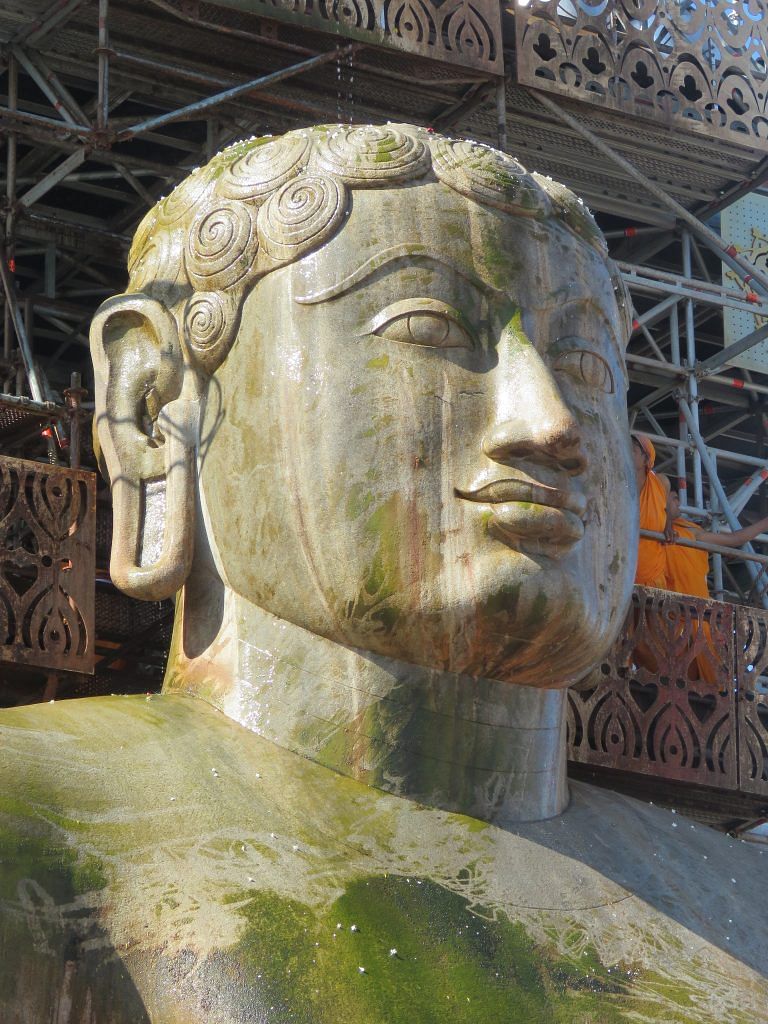
Also read: Not just Sanskrit, Gujarati owes a lot to Arabic and Persian languages too
All this is just the tip of the iceberg, a simplistic comparison of the military and political aspects of power that loom so tall in our modern historical consciousness. You’ll see here, as we explore the other aspects of medieval Indian power, that the lords of the Deccan really made India.
Hinduism, as we know it in southern India, might not have existed if not for them. Think of temple visits, for example: when the Deccan began its long trek to imperial power, the idea of enshrining Hindu gods in temples was still new, and primarily a north Indian one. As part of their propaganda projects, Chalukya kings lavished patronage on this new ‘Puranic’ form of Hinduism, creating a religious practice focused on pilgrimages and on ritual worship at temples built by kings. This decision was hugely significant in the fractious religious landscape of medieval south India, where religious sects professing many different rituals and routes to salvation competed for influence, land, patrons and devotees.
The patronage of the Chalukyas, and kings like them, would swing the balance of power decidedly in favour of the many religious practices that we now call Hindu. But in the Deccan, this ‘Hinduism’ coexisted with an innovative form of Jainism that drew on a similar set of practices: organized monasteries, temples, public rituals, pilgrimage. South Indian Jainism, patronized by the Chalukyas’ successors to Deccan overlordship, the Rashtrakutas, was a unique, warlike form of this ostensibly peaceful religion, and was very popular with the Deccan’s glamorous military aristocracy. The staggering plurality and contestation that marks medieval Deccan religion is an important counterpoint to our popular notion of India as an eternally or unchangingly Hindu country.
As with religion, so with many other aspects of medieval India. The Deccan, as the subcontinent’s dominant power, straddled axes of exchange stretching from Kashmir to Kanyakumari, from Sind to Bengal. Ideas and migrants poured in, drawn by the Vallabhas’ wealth, and they mingled with the peoples of the heart of the subcontinent, arriving at uniquely Deccan forms that would in turn spread out to influence the rest of India.
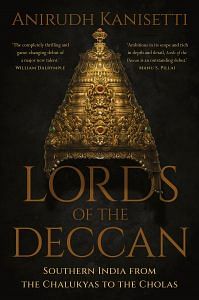 This excerpt from ‘Lords of the Deccan: Southern India from the Chalukyas to the Cholas’ by Anirudh Kanisetti has been published with permission from Juggernaut Books.
This excerpt from ‘Lords of the Deccan: Southern India from the Chalukyas to the Cholas’ by Anirudh Kanisetti has been published with permission from Juggernaut Books.



